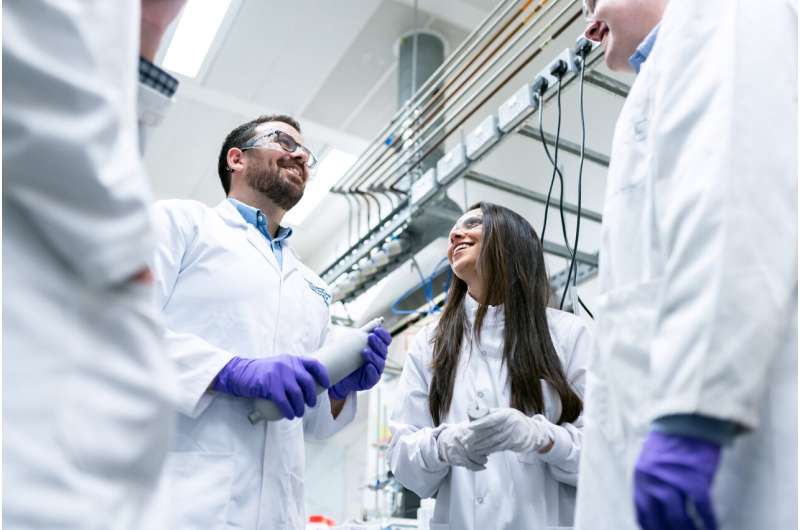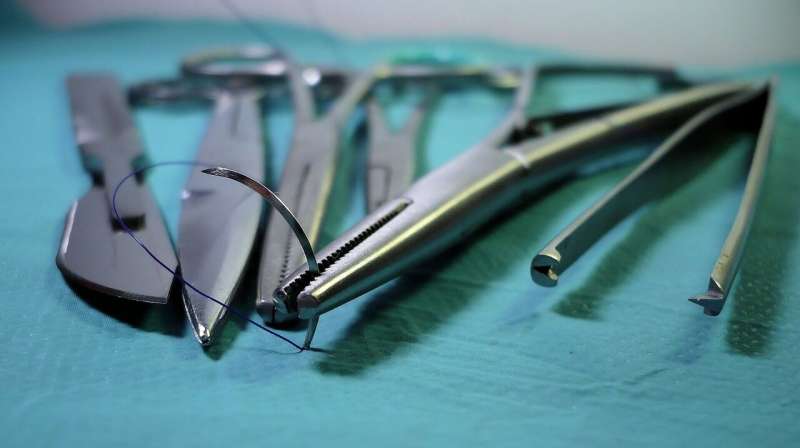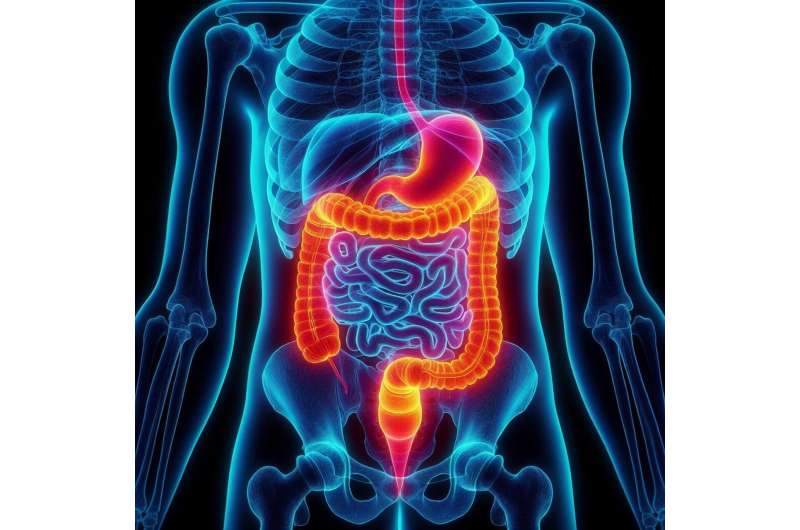Innovative Machine Learning Technique Advances Point-of-Care Diagnostic Testing

A groundbreaking machine learning approach enhances point-of-care biosensing, enabling faster and more accurate disease diagnostics outside traditional labs, promising broader access and improved healthcare outcomes.
Researchers at the Carl R. Woese Institute for Genomic Biology have made significant progress in transforming diagnostic testing by integrating machine learning into biosensing technologies. Their goal is to enable rapid, easy, and accessible detection of diseases, including cancer, in settings outside traditional laboratories—potentially allowing people to perform tests with the simplicity of a pregnancy test or a blood glucose monitor.
The new method, called LOCA-PRAM, was detailed in the journal Biosensors and Bioelectronics. It enhances biomarker detection by eliminating the need for expert analysis of complex images, making diagnostics more accessible to non-specialists. Traditionally, detection of biomarkers involves sending patient samples to specialized labs where skilled technicians analyze the data, a process that can be time-consuming and costly.
First author Han Lee, a graduate student in the Nanosensors research group, emphasized the importance of point-of-care devices that can provide immediate results at the patient's location. "Current technologies require hospital visits, which may pose financial or logistical barriers. Developing portable, user-friendly diagnostic tools can significantly impact healthcare, especially in remote or underserved areas."
The team built upon their previous work with Photonic Resonator Absorption Microscopy (PRAM), a technique capable of detecting individual biomarker molecules by shining a red LED light on the sensor surface. While effective, analyzing PRAM images traditionally demanded experienced technicians to distinguish true signals from artifacts like dust or nanoparticle clumps. To automate and improve accuracy, Lee incorporated machine learning algorithms trained with precisely labeled images obtained via electron microscopy.
The integration of deep learning, termed Localization with Context Awareness (LOCA), allows the system to automatically identify and count gold nanoparticles attached to biomarkers, minimizing false positives and negatives. During testing, LOCA-PRAM demonstrated superior sensitivity and specificity, detecting lower biomarker levels with higher reliability than conventional methods.
This advancement could revolutionize point-of-care diagnostics by providing real-time, highly accurate molecular analysis without specialized training. It paves the way for easier disease monitoring, faster treatment decisions, and broader access to diagnostic testing beyond traditional healthcare settings.
The researchers are optimistic about their technology’s potential to impact not only cancer detection but also the diagnosis of infectious diseases and other health conditions, aligning with the broader goal of making diagnostics faster, cheaper, and more accessible for everyone.
For more details, see the publication: Hankeun Lee et al, "Physically grounded deep learning-enabled gold nanoparticle localization and quantification in photonic resonator absorption microscopy for digital resolution molecular diagnostics," Biosensors and Bioelectronics (2025). Source: https://medicalxpress.com/news/2025-06-machine-method-diagnostic-lab.html
Stay Updated with Mia's Feed
Get the latest health & wellness insights delivered straight to your inbox.
Related Articles
Unprecedented Budget Cuts to the National Science Foundation Threaten American Research
Drastic funding cuts to the National Science Foundation threaten America's leadership in scientific innovation and research, with widespread impacts on technology, safety, and the economy.
Internationally Recognized Curriculum Launched to Standardize Epilepsy Surgery Training
The ILAE has developed the first international curriculum to standardize epilepsy surgery training, aiming to improve epilepsy care globally. This comprehensive program addresses training gaps and promotes high-quality surgical practices.
A Food Additive Unlocks New Solutions for Scaling Brain Organoid Research
Stanford researchers discover that xanthan gum, a common food additive, prevents neural organoids from sticking together, enabling large-scale brain tissue studies and drug testing.
Gut Microbes in Gastrointestinal Tumors May Help Predict Outcomes and Guide Therapy
Emerging research reveals that microbes within gastrointestinal tumors can predict patient outcomes and guide personalized treatment strategies, offering new hope in cancer prognosis and therapy optimization.



